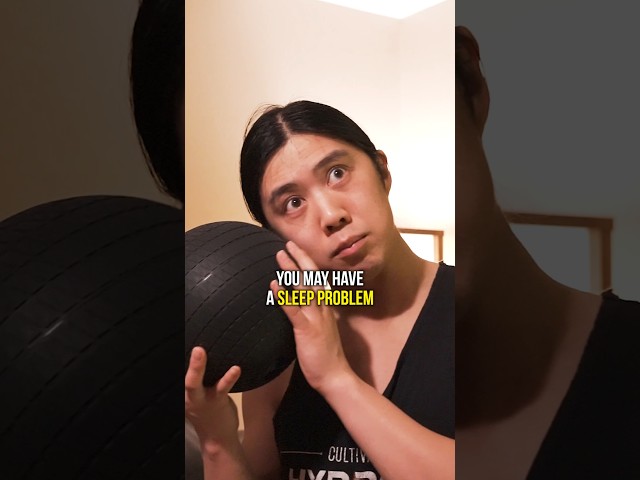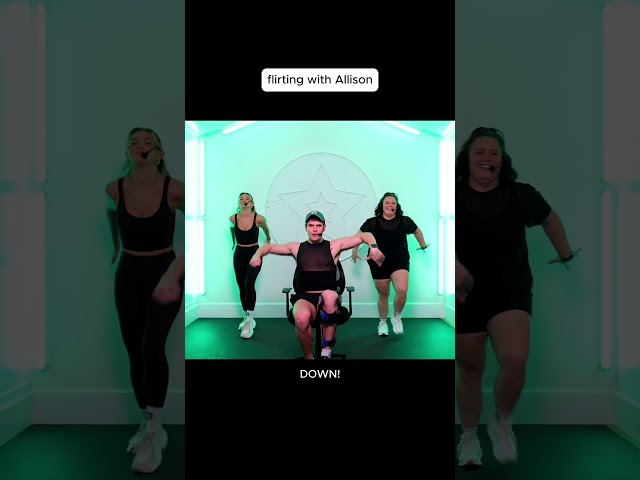Introduction
Pilates is a form of exercise that focuses on developing core strength and alignment. It was invented by Joseph Pilates in the 1920s and has since gained popularity as a low-impact workout that can be practiced by people of all fitness levels.
Core Strength
One of the main benefits of Pilates is its ability to strengthen the core muscles. The core, which includes the abdominal muscles, back muscles, and pelvic floor muscles, is responsible for providing stability and support to the spine. By strengthening these muscles, Pilates can help improve posture, reduce back pain, and enhance overall body strength.
Alignment
In addition to core strength, Pilates also focuses on improving alignment. Proper alignment refers to the correct positioning of the body in various exercises and movements. Pilates exercises help train the body to maintain proper alignment, which can result in improved posture, reduced risk of injury, and increased overall body awareness.

Other Benefits
- Flexibility: Pilates exercises incorporate stretching movements that can improve flexibility and joint mobility.
- Balance and Coordination: The controlled movements and focus on alignment in Pilates can help improve balance and coordination.
- Mental Focus: Pilates requires concentration and focus, which can help improve mental clarity and reduce stress.
- Low-Impact: Unlike some other forms of exercise, Pilates is low-impact and puts minimal stress on the joints, making it suitable for individuals with joint issues or those recovering from injuries.
Conclusion
Pilates offers numerous benefits for individuals looking to improve their core strength and alignment. By consistently practicing Pilates exercises, individuals can experience improved posture, reduced back pain, increased flexibility, enhanced balance and coordination, and improved mental focus. Whether you are a beginner or an experienced exerciser, Pilates can be a valuable addition to your fitness routine.










Discussion about this post